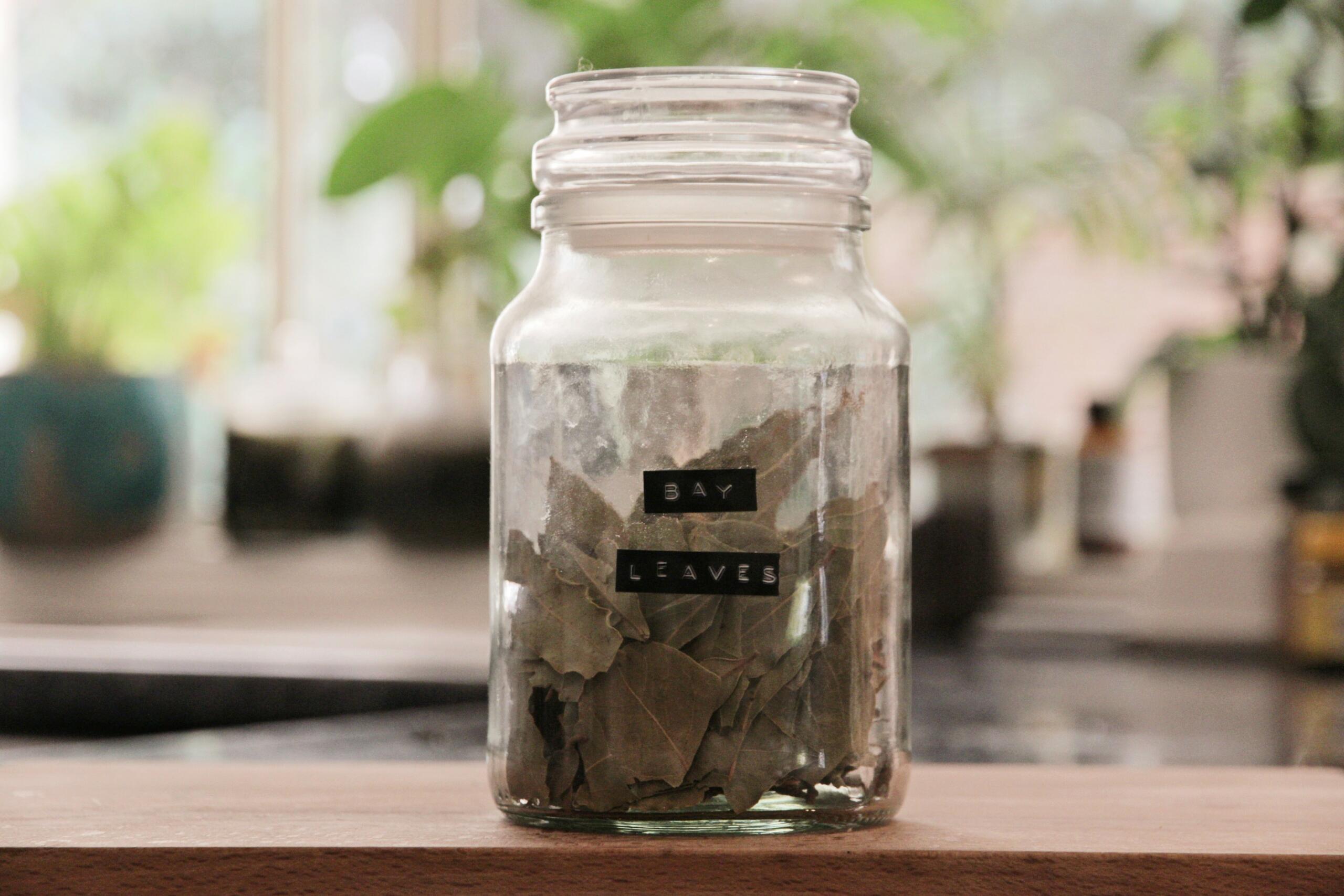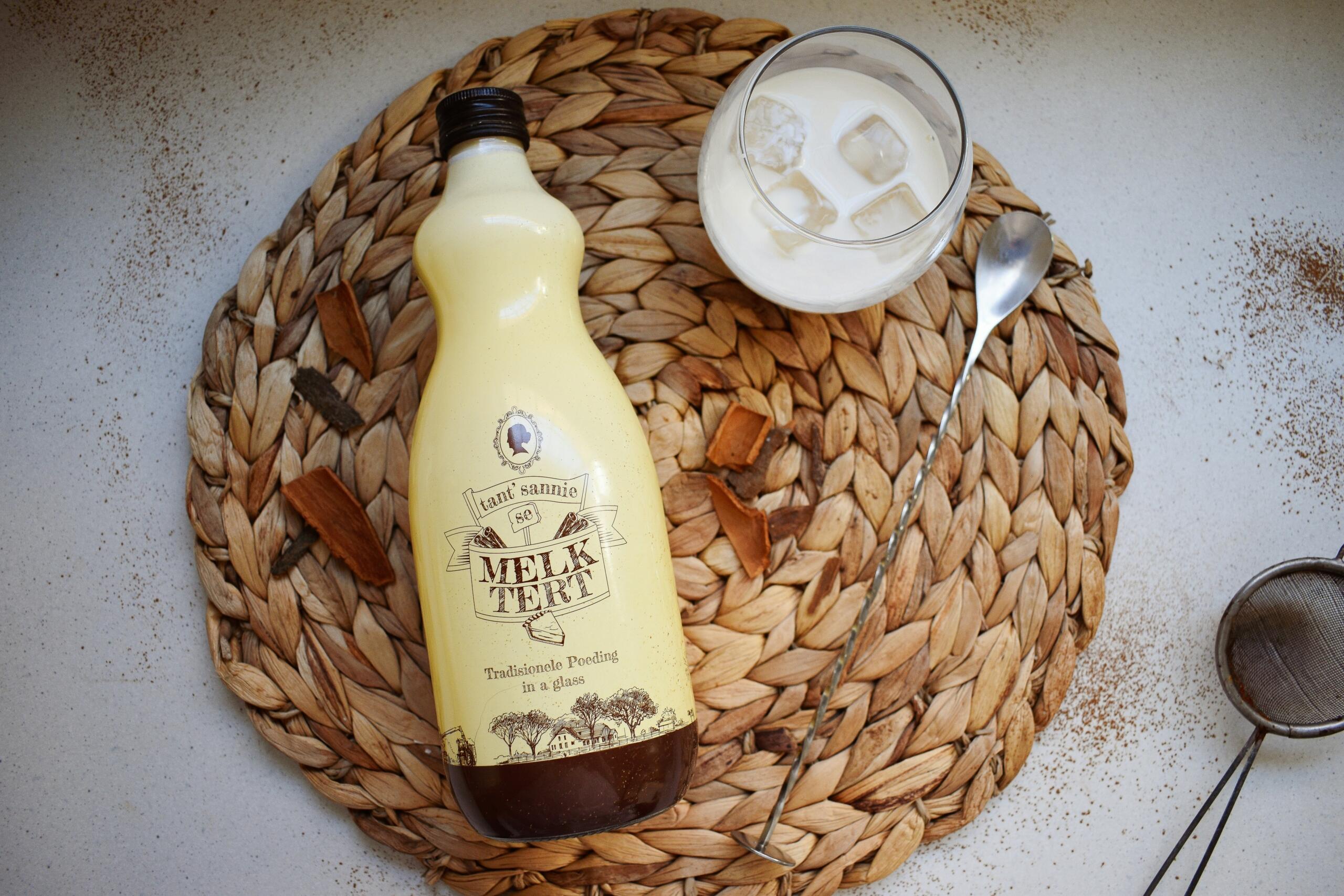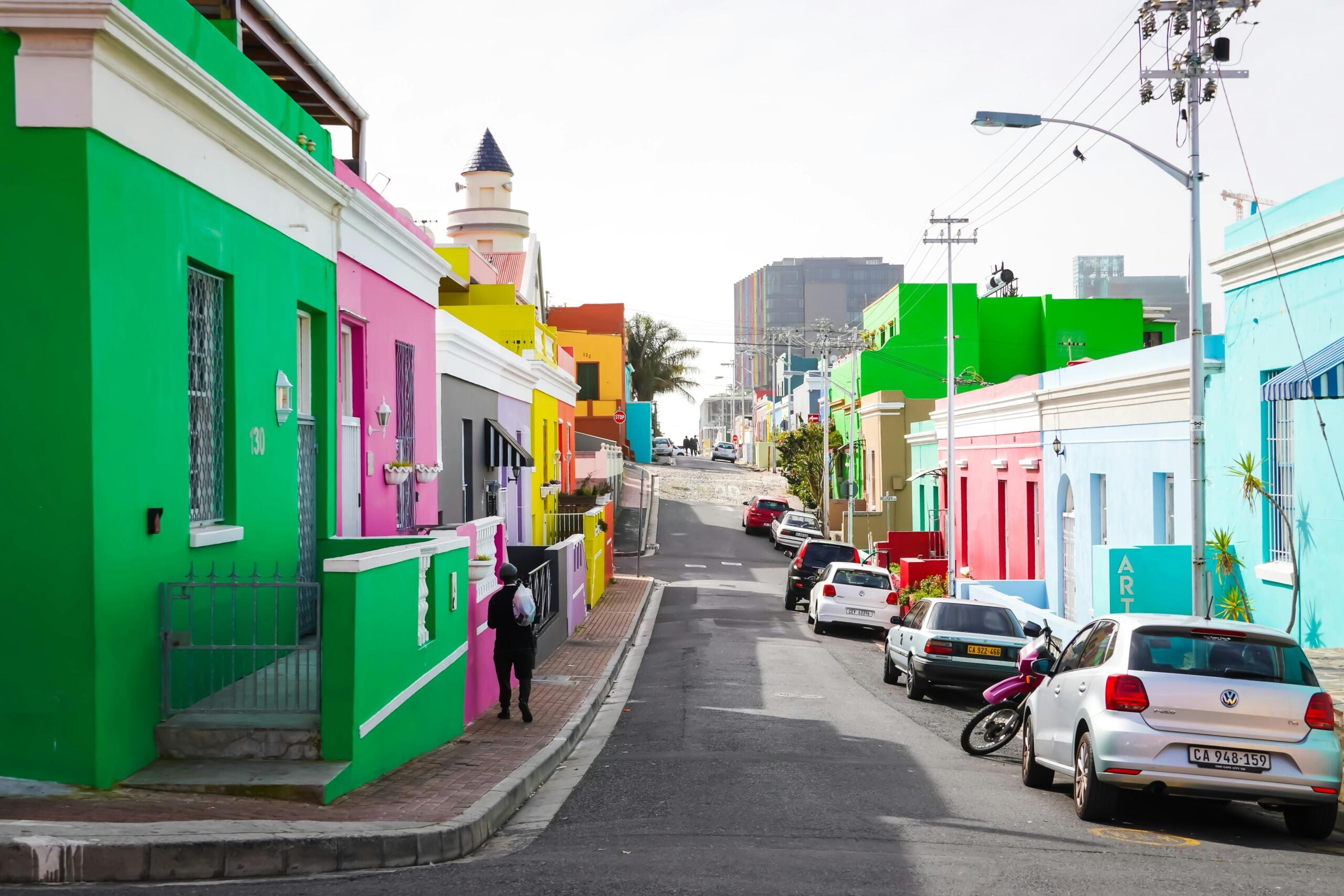Good food is the foundation of genuine happiness.
Auguste Escoffier
Let us not eat alone and let us not keep some of our top notch South African dishes to ourselves. It is hot off the braai that people from all around the world crave some South African spice and we can assure you that our country will always bring the flavour.
When guests from other countries visit South Africa, you often hear them speak about some of the strictly South African dishes that they would love to try. From the spicy bunny chow that will do a Bollywood dance on one's tastebuds to the sticky malva pudding will tantalise your tongue, tourists want to try it all.
And South Africans are eager to serve up some of the most popular foods that put us on the global culinary map.
While the thought of listing vetkoek as the food that South Africa is most famous for does cross one's mind, we have to dig deeper into the pots to get some answers on which famous South African foods are worth mentioning.

Some Traditional Dishes to Boast About
Traditional dishes surely stand the test of time. Let us explore the histories and cultures behind some of the most talked about foods that you must try when in South Africa.
Bobotie
Bobotie is a spiced mincemeat dish that is deliciously topped with an egg-based topping. This is the dish that settled in South Africa and was adapted over time as the Dutch settlers and the indigenous Cape Malay community joined recipes, ingredients, and ideas to make this noteworthy treat.
It is believed that the first mention of bobotie was made in a Dutch cookbook in 1609.
It is said that the name bobotie came about because the dish resembles a Javanese dish called bobotok.
While there are barely any taste similarities between bobotok and bobotie, the way the meat is cooked is kind of the same. Today we have replaced the lemon leaves that the Dutch people would commonly use when making their bobotie with bay leaves.
The Cape Malays made this casserole dish their own by sweetening onions, adding in ground mincemeat, and seasoning the meat with curry powder and bay leaves after which the dish is topped with a savoury egg custard.
Bobotie became the national dish of South Africa, and was mentioned in a cookbook of globally recognised dishes by the United Nations that was published in 1951.
Did you know that there are South African chefs who have earned Michelin stars?

Vetkoek
It was again the Dutch who settled in the Cape and brought with them the tradition of fried bread called oliebollen. Over time, these traditional Dutch fried breads were changed to suit the conditions of Cape families.
The Voortrekkers further made this simple food famous by carrying vetkoek or "fat cakes" with them during long journeys. To date this deeply fried bread is known to tick all the boxes when it is eaten plain or served with chips, curry mince, and chili.
Umngqusho- Samp and beans
While the Dutch made some types of food traditional foods in the Cape, it was our very own Xhosa people who started the tradition of samp and beans in the Eastern Cape. This delicacy is made up of dried corn and beans. The samp is crushed corn kernels that are easier to eat. There are many ready-made samp mixes to date and this dish is best served with a topping of gravy and a side serving of fried onions.
Visit South African homes during the week and you will find us enjoying bobotie. You won't find bobotie elsewhere in the world!
You may also share samp and beans with families throughout South Africa. Sunday family meals, however, tend to be a feast for sore eyes, with mothers and grandmothers getting busy in their kitchens tapping deep into food traditions and paying tribute to South Africa's rich culinary history.
Traditional South African Street Food
If you really want to make a friend, go to someone's house and eat with him ... the people who give you their food give you their heart.
Cesar Chavez
You certainly don't always need to use a silver fork to enjoy good food. Sometimes it's all about getting your hands messy with enjoyable street food. Travel tips from South Africa include taking these street treats with you when going on a safari or when visiting the Kruger National Park.

Bunny Chow
Born on the streets of Durban and conceptualised by the Indian community in the 1940s, bunny chow became quite the hit and has stayed a huge hit.
The hollowed-out loaf of bread filled with mouthwatering curry became the stapple food of workers and labourers during the Apartheid times. Due to the convenience of a good old bunny chow, many people were soon enjoying a "lekker bani chow" which became popular due to its incredible flavour and texture combination.
Gatsby
Originating in Cape Town, this street food is made up of a crusty long, toasted roll filed with chips, tomato slices, lettuce, a spicy sauce, and a protein like polony, steak or calamari.
From getting your hands greasy with bunny chow on the streets of Durban to having your mouth filled to the brim with a Gatsy in Cape Town, you have to admit that South African street food is quite the treat.
This Capetonian street food got its name from F. Scott Fitzgerald's novel, The Great Gatsby.
Shisa Nyama
The tradition of cooking meat on open flame was started by the Xhosa people in the Eastern Cape.
The concept of burning the meat over an open flame spread all through South Africa like wildfire and soon the idea of cooking the meat in this way became known as shisa nyama. The word shisha nyama is taken from the Zulu word, "Isishisa Nyama," which means to burn the meat.

Frikkadels
Great as padkos (food for a long journey), frikkadels are Cape Malay favourite.
Frikkadels are well-spiced meatballs that have their origins in Dutch and German colonial history. The meatball recipe was changed over time to become a food served at many street-side restaurants.
Koesisters
Most people stop over in Bo Kaap to enjoy deliciously sweet and spicy koesisters. The exact origins of these doughnuts is not known, but it is believed they were inspired by a recipe brought by Dutch settlers in the 1600s.
The deep-fried doughnuts are drenched in a sugary syrup and coated with desiccated coconut. Koesisters from Cape Town are a must-try!
With so many delectable dishes available in our town, it is no wonder why so many famous South African chefs are taking the global stage.
Traditional South African Desserts
Some sweet dish recipes get passed down from generation to generation and most families choose to make one of these traditional sweet treats for functions or to share during Sunday brunch. With wafts of these sweet desserts floating in street corners, you have to admit that South Africa is a paradise for food lovers.
Malva Pudding
Malva pudding is a sweet treat that contains apricot jam and has a spongy caramelised texture. Hot custard or sauce is poured over this spongy cake and is enjoyed by millions.
Malva pudding is synonymous with the Cape and is said to have been influenced by the days of the Dutch too.

Milk Tart/ Melktert
There is nothing quite better than a milk tart served after Sunday lunch.
Milk tart is simply a creamy custard baked in a round dish with a generous dusting of cinnamon on top. This traditional sweet treat was also made famous by the Dutch settlers who called South Africa home. It is believed that milk tart became popular due to the recipe of Thomas van der Noot in his cookbook entitled, Een Notabel Boexchen van Cokeryen.
What is the Most Popular Food in South Africa?
In South Africa, we come together as a melting pot of cultures, religions, and traditions and we share a serving from the same foods that we all can enjoy together.
So, let's look at the list of other foods that South Africans are famous for:
Most South Africans are willing to share their recipes with others. When tourists visit, South Africans will treat them to a "lekker braai" which is a regular social event.
Heritage Day is known as the day when many South Africans choose to braai to celebrate their South African heritage while enjoying authentic local cuisine.
All the people in our rainbow nation certainly have something to be proud of —our glorious dishes that we share, travel with, love, and that bind us together.















